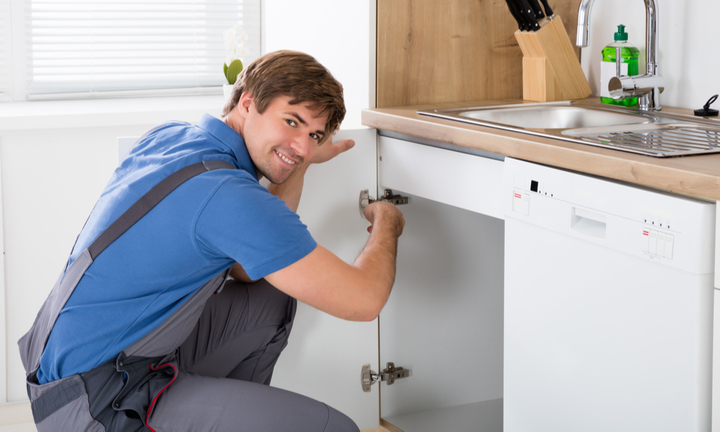
REPAIRING OBLIGATION (Landlord and Tenants Acts 1985)
- This is one of the mandatory obligations. Nowadays a tenant can rely on the tenancy agreement which specifies the landlord’s obligation to undertake some repairs which are mandatory. The landlord cannot avoid or ignore them.
Right to a home in repair
- The Landlord and Tenant Act 1985 provision impose the responsibility to landlords to repair or keep in repair the property they let. The tenants will have the right under the same provision to hold the landlords accountable for their responsibility under the tenancy agreement. The tenant will be able to enforce these responsibilities if they are not meet.
Meaning of repair and disrepair
- The word repair should be distinguishing in the way that the work done should be repair, renewal, maintenance, or improvement. Where necessary, it will be up to the court to decide which is which. We can speculate that repair means the restoration where renewal or replacement of less important than but related or supplementary part of the whole, while renewal is the complete reconstruction of the whole.
The Obligation
- LTA Act 1985.s11 (stands for Landlord and Tenant Act 1985.s11) which has been amended by the HA 1988 (Housing Act 1988) for tenancy starting on or after the month of January 15, 1989.
The landlord is to keep in good working order the structure of the property, which includes:
- Drains
- Gutters
- External pipes
To keep in good working order the installation of:
- The water supply
- Gas and electricity supplies.
To keep in good working order the sanitation of the building which includes:
- Basins
- Sinks
- Baths
- Any sanitary conveniences
The term keeps in repair:
- Implies that it is a continuing obligation and duty for the landlord to keep up with the above repairs, maintain and provide a good living standard of the accommodation to the tenant for the duration of the tenancy.
Keep in proper working order:
- A property can only be leased, if at the beginning of the tenancy the relevant installations are in good working order and meets the required living standard. If knowingly the landlord leases the property in disrepair or with a design fault or the installation never properly worked prior to the lease, the landlord will be in breach of the tenancy agreement.
The installations in the property:
- The landlord is obliged to keep in repair and in good working condition the following installations: the supply of water, gas, electricity, sanitation, heating, and hot water as well as gas pipes, water pipes, water tanks, electrical wiring, radiators, boilers, and other heating installations such as vents for underfloor heating. Not that they are all under the landlord’s repair obligation.
The standard for Section 11 repairs:
- The repairs in or outside of the property, (dwelling house) mentioned in the tenancy agreement by section 11s, are subject to the properties condition, its age, character, life expectancy and where it is located. Bear in mind that these qualified requirements may also require an expert to check the facts.
- A landlord has the right to undertake any repair in the manner he/she sees fit especially if the new provision may not have been expected.
- The landlord is entitled to choose the cheapest option if it is within his limit.
- If the fitting or installation which needs repairing is beyond economic repair, there is a duty from the paying party to replace “what needs to be replaced” with the nearest equivalent item. There is no obligatory requirement to upgrade, to fit the latest model or even bring the item up to the current standard unless it is required by law or in accordance with the any mandatory regulations.
- It also implies that the quality or standard of repairs is not higher for the social landlord than it is for the private landlord or the private sector.
